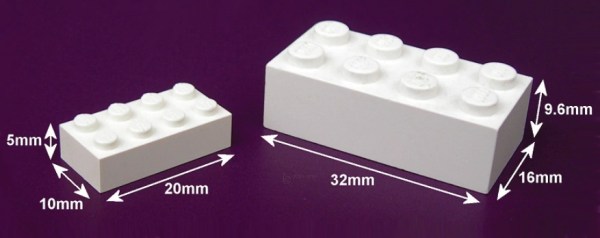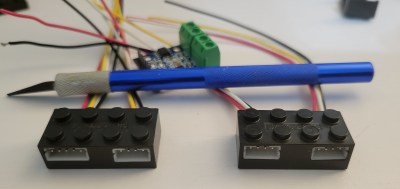We love LEGO here at Hackaday, but did you know that LEGO spun off a parallel product line made for architectural models called Modulex?
[Peter Dibble] takes us on a deep dive through the history of Modulex, starting with Godtfred Kirk Christiansen needing a better way to model actual buildings after trying to design a house in LEGO. The LEGO brick’s 5:5:6 ratio proved challenging for modeling full-sized projects, so Modulex was conceived around a 1:1:1 ratio 5 mm cube. This change means Modulex is not compatible with LEGO System bricks.
As architectural styles morphed through the mid-20th Century, designs based around blocky shapes became passe, and Modulex pivoted to targeting factory and city planning customers. Products later branched out to include wall charts and Plancopy photocopy-able planners along with reconfigurable signage. Modulex (now ASI) still goes on as one of the biggest signage companies in the world, but discontinued the bricks in 2004. An attempt was made to revive Modulex bricks in 2015, but LEGO Group bought the company that had the rights to the bricks and has no intention of producing Modulex.
For more LEGO hacks, checkout this machine learning LEGO sorter or these giant LEGO-like pieces.


















